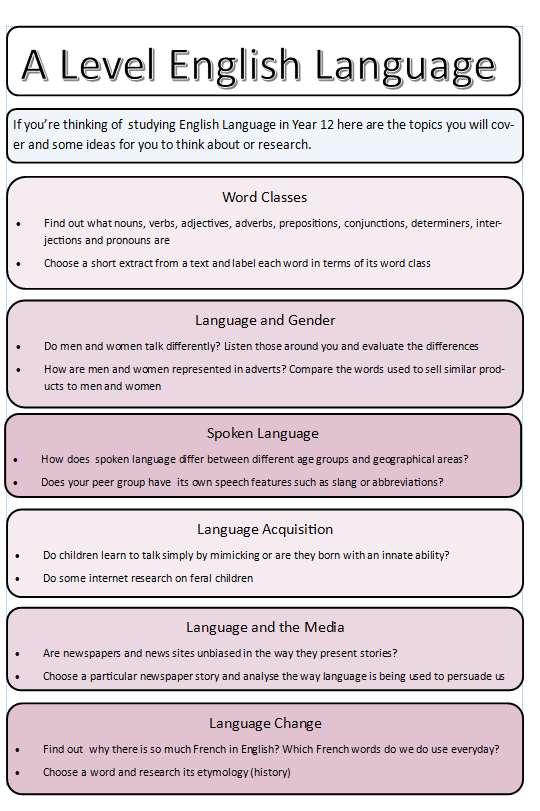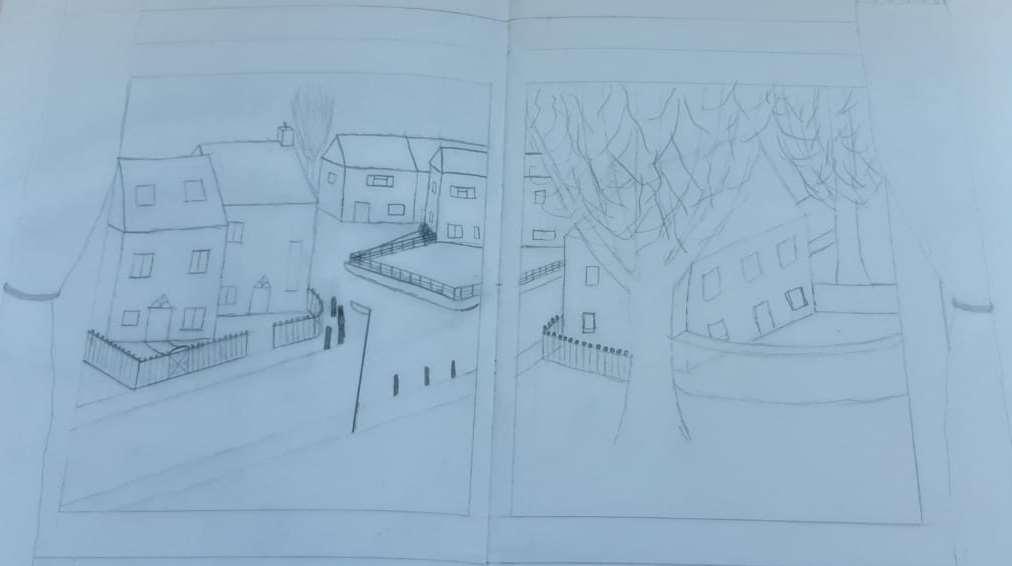
4 minute read
Alternative activities to try during time at home
History: Diary of the Coronavirus outbreak
We are living in unprecedented times, at a time of real social history – history that you will tell your own children about in years to come and which future generations will learn about from textbooks based on eye witness testimony from people who lived during the times – people like YOU!
Advertisement
This is where you come in. The history department have set key stage 3 students with a task to keep a diary about their experiences of the Coronavirus pandemic – asking them to note down their experience of daily life, thoughts and feelings about the current situation and how it is impacting upon the way they live, their family, friends and relatives.
Anyone could make a record of this time in history and if you want to do this, how you keep the diary is up to you. You might write a short entry each day, or a weekly entry or an entry when you think something important, unusual or interesting happens. The format of the diary is also up to you. You might have a small notebook, or pieces of paper assembled together or a Word document. What you write is also up to you. It could be facts, opinions or the views of other people, either from your direct experience or something that you have seen on TV or the thoughts and feelings of people you are in touch with on social networking or blogging sites. However, we would ask you to write sensibly and not to swear, use hate language or echo any sort of discriminatory, prejudicial or racial view of any kind. That would be unacceptable and wrong. The diary of Anne Frank (if you are familiar with it) is a good example of the way a diary should be recorded.
The pandemic is serious and we do not make light of it, but as young historians this is a genuine opportunity to take careful note of the world around us and to record what we see, feel, hear and experience as a form of living testimony (memory) – eye witnesses to history if you like. You will be producing primary source material in the writing of your diaries.
When students return to school, the history department will collect up diaries and read them with the idea that a booklet will be created from the range of observations students have recorded.
We look forward to looking at what you have created. Mrs Clifford and the history department.
Code breaking – Week One
The maths department decided that you might appreciate learning about a different part of maths, that we don’t always get to cover in lessons. We have decided to introduce you to some codebreaking. There is a long history of mathematicians being used in code making and code breaking - the most famous is probably the Bletchley Park code breakers, where some of the most brilliant mathematicians in the country such as Alan Turing worked in secret to crack the German WWII Enigma code (we all knew Alan Turing would get a mention at some point).
Codes now play an integral part in all our lives - from the ISBN codes on the back of every book you buy, to the algorithm that checks if the credit card you've entered is genuine, from the encrypted data sent via the internet to the content you watch on digital TV.
Mathematicians are employed throughout a wide range of industries that send and transmit data – in particular the telecommunications industry and internet companies. Their challenge is to condense the data that needs to be sent to as small a file as possible – whilst also allowing potential errors in communication to be noticed by the receiver. As coding now goes hand in hand with computing skills, good mathematicians are highly sought after for computing courses at top universities around the world.
There is also still a need for the traditional code makers and code breakers. Highly sensitive data needs to be encrypted to prevent it from falling into the wrong hands – whilst our spies need to be able to crack the codes of other countries. Indeed, GCHQ (the British Intelligence Agency responsible for digital communications) a few years ago recruited new employees by posting a code online. Crack the code and you secured yourself an interview!
Therefore, codes and coding theory represents a varied and interesting career path for good mathematicians. Get cracking!
Week One - Caesar Shifts
The Caesar Shift is one of the simplest codes we come across in cryptography. It is a substitution code, which means that each letter is replaced with another one.
The code is named after the Roman Emperor Julius Caesar who use this method to send military messages to his army.
To encrypt or decrypt a Caesar shift we first list the alphabet, and then for a Caesar shift of three, we move every letter of the alphabet 3 places:
Alphabet Cipher A B C D E F G H I J K L M N O P Q R S T U V W X Y Z X Y Z A B C D E F G H I J K L M N O P Q R S T U V W
The message KHOOR translates to HELLO.
Caesar cipher can be broken quite easily by making guesses about certain letter or small words that we use a lot (the, and).
Using the table above to help you try decoding:
ORRN DIWHU BRXUVHOYHV. VWDB KRPH VWDB VDIH. KDYH D JRRG ZHHNHQG
Why don’t you email your maths teacher when you’ve solved it?
Not all Caesar Shifts move the letters 3 places. Why don’t you try writing your one messages for your family and friends to decode?









